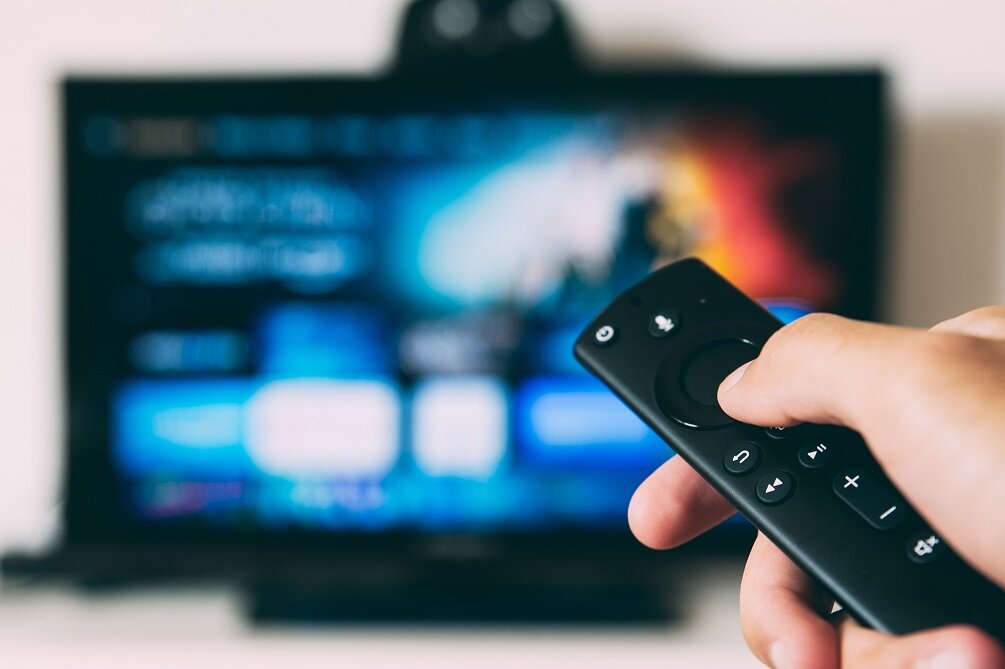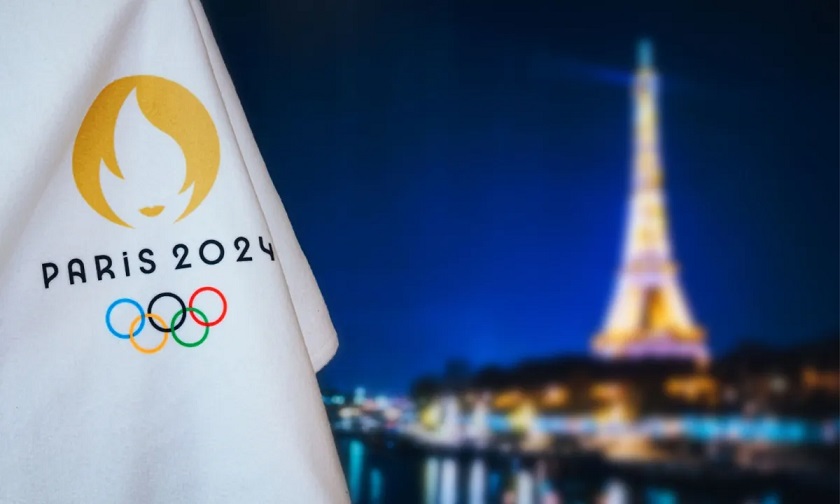The demand for captions and subtitles has seen a significant upswing in recent years as viewers of all abilities are hitting the “CC” button on their television remotes, apps, and mobile devices. Though there are many reasons for this increase in caption viewing – advances in technology, societal expectations, changes in the way programs are broadcast, simple viewing preferences – one thing is certain – captions and subtitles have become a crucial element for many across content platforms. We’ll look at just a few of the reasons behind the growing popularity of captions and subtitles.
Changes in Viewing Habits, Viewer Demographics
Captions are an essential tool for individuals with hearing loss and, for a lot of people, they’re a constant on TV and video screens. In fact, a recent survey by online language learning platform Preply showed that 50% of Americans watch content with captions and subtitles most of the time.
The same survey found that younger viewers are turning on the captions and subtitles more often, with 70% of respondents aged 18 to 25 (Gen Z) and 53% aged 25 to 41 (Millennials) saying they watch most of their online video content with captions or subtitles. Surprisingly, older respondents – those in the Gen X and Baby Boomer brackets – fell into the groups ‘least likely’ to be frequent caption and subtitle users.
Gen Z’ers (and to a somewhat lesser extent, Millennials) are part of the generation that grew up in the social media era and have become quite accustomed to watching TikTok, Instagram, or YouTube videos where subtitles and captions can be automatically generated as a default. This proliferation of auto-generated captions on social media has helped popularize the once-niche technology among younger viewers who are simply more used to using on-screen text and keeping them on as a habit instead of a distraction.
Social media also influences the ways in which Gen Z consumes movies, TV shows, and other video. According to the survey, 74% of Gen Z’ers watch content in public on their mobile devices, meaning that captions and subtitles are a prerequisite if you want to follow your favorite show in a noisy environment.

Changes in the Way Program are Broadcast
Another reason cited for turning on the captions is that it’s become harder to hear the dialogue in shows and movies than it used to be.
One reason for this is that in movie productions, professional sound mixers calibrate audio for traditional theaters with large speaker systems to deliver a wide range of sound. But when that same content is streamed on a TV, smartphone, or tablet, the audio gets “compressed” to carry the sounds through much smaller speakers. Adding to this, the thinner design of today’s flat-screen TVs forces manufacturers to locate speakers in less-than-ideal positions (the sides, the back) that direct sound away from the viewer and can muffle character dialogue and on-screen actions.
And, unlike broadcast TV programs, which follow FCC regulations that outline the volume of certain programming, there are no such rules for streaming platforms. This means that volume levels may be different depending on the show you’re watching or the platform (Netflix, Amazon, Hulu) you’re watching it on. Thus, some of the back-and-forth between characters might be tougher to hear unless you adjust your settings for that specific show. Emphasizing this point, Preply notes that 62% of Americans use captions and subtitles more on streaming services than on regular TV.
An Appetite for Global Programs
The rise in popularity (and easy availability) of foreign language content on streaming platforms is another reason for the increase in caption and subtitle usage.
A 2020 report showed that non-US shows accounted for nearly 30% of the demand for TV in the US, with top content coming from the UK, Japan, Korea, and India. The trend has continued with shows like “Squid Game,” “Kingdom,” or “Money Heist” gaining popularity in recent years.
And even when a show is in English, that doesn’t always mean that it’s easy to understand or follow along with what people are saying. Shows from the UK contain regional accents, slang, and expressions that are unfamiliar to some viewers. Preply’s list of “The Hardest to Understand TV Shows” includes a number of UK-based shows, including “Peaky Blinders,” “Derry Girls,” “Downtown Abbey,” and “Bridgerton” among its rank.
An Essential in Content Creation
No longer considered an optional feature, captions and subtitles have become an essential part of content creation. The fact that more people are using captions and subtitles, talking about their benefits, and promoting them to others can only be a good thing.
VITAC, a Verbit Company, has been a leader in captioning, subtitling, transcription, audio description, and localization solutions for more than 35 years. We’re responsible for captioning hundreds of thousands of programming hours each year. Our customers include every broadcast company and most cable networks and streaming platforms as well as program providers, post-production supervisors, content producers, and anyone else interested in high-quality, accurate, reliable captions and subtitles.




